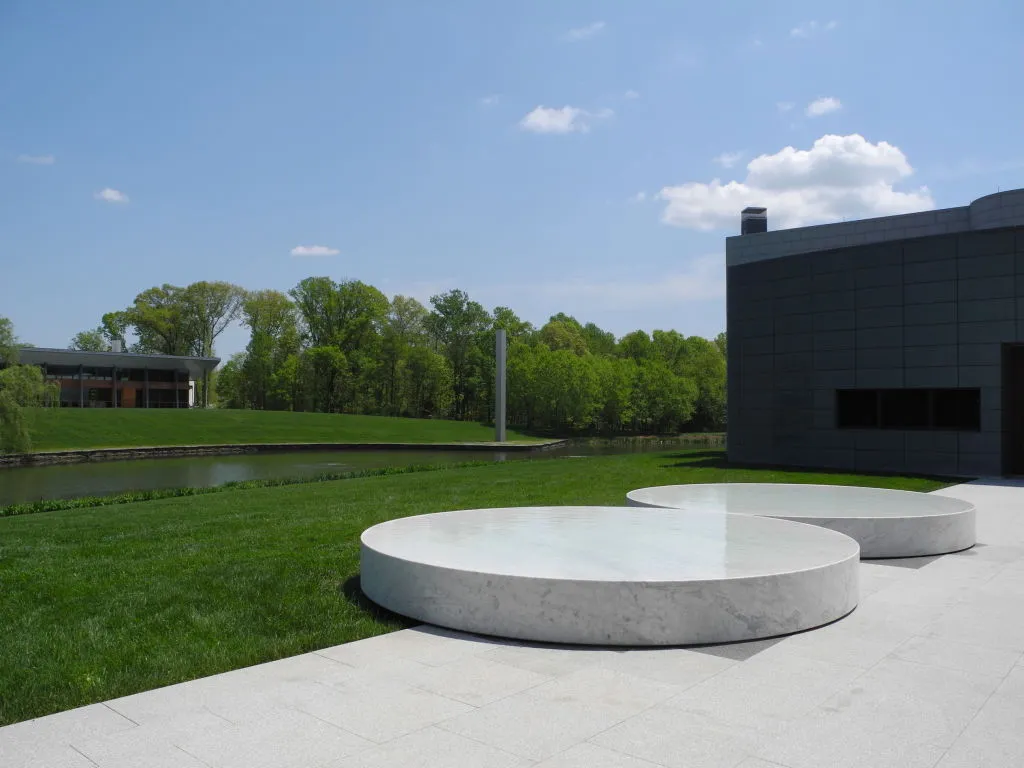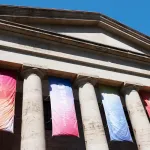
To receive Morning Links in your inbox every weekday, sign up for our Breakfast with ARTnews newsletter.
THE HEADLINES
CLOSED FOR BUSINESS. More details are emerging about the sudden closure of Philadelphia’s University of the Arts (UArts), whose last day of operation was on June 8. Students and faculty only learned of the shuttering days one week prior. Local publications report that 600 staffers were laid off during a conference call that Friday, with some given the option to work until the end of the month. UArts management, which said low enrollment and an unsalvageable financial situation contributed to the school’s decision to shutter, has since been hit with a class action lawsuit by nine of its employees, who have accused leadership of withholding wages for hours worked and unused vacation time. That same week, the Pennsylvania Attorney General’s Office and state lawmakers announced an investigation into the circumstances of the closures, as well as “any transfer or loss of assets.” Even the governor has weighed in, saying he was “angry and disappointed” about the closure, which has left roughly 1,000 students to an uncertain fate.
UNION DRIVE. After weeks of contentious campaigning, workers at Glenstone, a private art museum founded by billionaire collectors Mitchell and Emily Wei Rales, have voted to form a union. A group of 89 hourly-wage workers will begin the bargaining process with museum management. Elizabeth Shaw, a union organizer employed as a grounds and visitor experience liaison, told the Washington Post that Glenstone workers are willing to move past the weeks of “animosity and hurt” prior to the election as they sit down at the bargaining table. With this action, Glenstone joins a host of museums to see successful union drives in recent years. The same week as the Glenstone vote, employees of the American Folk Art Museum in New York voted unanimously to join UAW Local 2110, which represents some of the nation’s leading art institutions.
THE DIGEST
The Financial Times took the temperature on Neuroaesthetics, a relatively new field of science (the term was coined in 1999) that studies cognitive responses to aesthetic stimuli. According to the science, our brains innately crave beauty, though researchers are still seeking the an answer to why. [Financial Times]
A metal detectorist has unearthed a 1,000-year-old silver ingot from the Viking Age on the Isle of Man. Like an upstanding citizen, he promptly relinquished it to local heritage authority, which dubbed the discovery a “treasure.” [Live Science]
For the first time, Vincent van Gogh’s Starry Night Over the Rhône has returned to Arles, the French city where the famous painting was made in 1888. The work is on loan from Paris’s Musée d’Orsay for the exhibition “Van Gogh and the Stars,” which features some 78 historical and contemporary artists and runs through September 8. [Design Boom]
The Italian government is at work on a new “mega museum” that will purportedly be “the biggest cultural infrastructure in Europe.” The museum will be housed in the renovated Albergo dei Poveri in Naples, one of Europe’s most sprawling historic buildings, which has gone mostly disused in recent years. Renovation work started in April and is due to be finished by mid-2026. [The Art Newspaper]
A woman has been charged for dousing more than a dozen displays at the Milwaukee Public Museum with olive oil. Among the eclectic objects targeted was a vintage Harley Davidson and a rhinoceros skeleton. [WISN]
Last week, dozens of anti-Zionist artists withdrew their works from an exhibition from Contemporary Jewish Museum’s first-ever open call in protest of the war in Gaza. One artist, Vanessa Thill, took the protest farther, breaking her sculpture Cleave-To (His Cheeks Were Beds of Spices, from 2023, in view of museumgoers. [Hyperallergic]
THE KICKER
EDGE OF GLORY. The speedo-clad man dipped a toe off the museum’s roof. With a slight bend of his knees, he leapt into the sky, cutting an arrow’s arc into the brisk Boston harbor below. This was no performance art, but it was an artful performance. On Saturday, the city’s Institute of Contemporary Art played stage to a cliff diving competition that drew elite athletes from around Australia, Romania, England, and beyond. Participants plunged from a protruding platform down some seven stories through the air, twisting and somersaulting under the keen gaze of the judges—and some 45,000 spectators. According to local media, the art museum had only praise for the divers, calling their aerial maneuvers “visually stunning.” Based on photographs of the event published by Boston.com, we’d agree. Check out the images here, and stay tuned for round two.
Thanks for stopping by.
